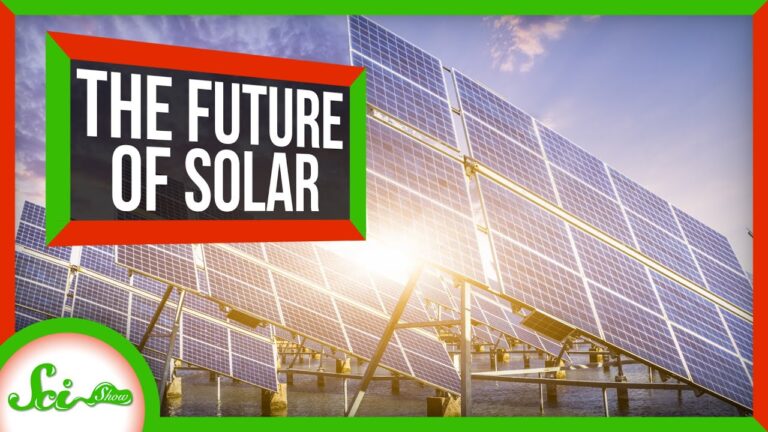The Rise of Solar Power
Public Facts about Solar Power
- Solar power is the conversion of renewable energy from sunlight into electricity, either directly using photovoltaics (PV), indirectly using concentrated solar power, or a combination. Photovoltaic cells convert light into an electric current using the photovoltaic effect. Concentrated solar power systems use lenses or mirrors and solar tracking systems to focus a large area of sunlight to a hot spot, often to drive a steam turbine.
- Photovoltaics were initially solely used as a source of electricity for small and medium-sized applications, from the calculator powered by a single solar cell to remote homes powered by an off-grid rooftop PV system. Commercial concentrated solar power plants were first developed in the 1980s. Since then, as the cost of solar electricity has fallen, grid-connected solar PV systems have grown more or less exponentially.
5 Inventions Showing Us the Future of Solar Energy
- Millions of installations and gigawatt-scale photovoltaic power stations have been and are being built. Solar PV has rapidly become a viable low-carbon technology, and as of 2020, provides the cheapest source of electricity in history. As of 2021, solar generates 4% of the world’s electricity, compared to 1% in 2015 when the Paris Agreement to limit climate change was signed. Along with onshore wind, the cheapest levelised cost of electricity is utility-scale solar. The International Energy Agency said in 2021 that under its “Net Zero by 2050” scenario solar power would contribute about 20% of worldwide energy consumption, and solar would be the world’s largest source of electricity.
Based on CNBC Report
Solar power is on the rise. You can see the evidence on rooftops and in the desert, where utility-scale solar plants are popping up. The picture is not all rosy, but if the recent past is any indication, solar power is going to help lead the transition to a carbon-free future, and it might do it faster than we all expected. Elon Musk and Tesla promised solar roof tiles in 2016, but the industry might not need an upgrade as its grown significantly with the solar panels currently available.
You can see the evidence both on individual rooftops and in the utility-scale solar plants increasingly popping up in deserts across the country. In the United States, of all about 30% of the new power capacity added to the grid in 2018 was from solar. But the picture is not all rosy. Solar power (and sunshine) is intermittent and the price of lithium ion batteries, one of the most popular current storage solutions, is still relatively high.
These are real problems that the industry needs to tackle if solar is going to reach its potential. However, if the recent past is any indication, solar power is going to help lead the transition to a carbon-free future, and it might do it faster than we all expected. Watch the video to learn more.
CNBC
View, Read and Learn More Here:
- Retail Failure Stories
- Supply Chain
- Energy
- Artificial Intelligence
- E-Commerce
- Retail Shipping
- Rags to Riches Stories
- Retail Success Stories
- Travel Food Culture


